|
|
Does the Jersey Shore have clean water? Let’s take a closer look.
To celebrate World Oceans Week, we’re shedding some light on one of America’s most visited shorelines. The Jersey Shore reports around 48 million visitors each year. With so many people packing into this densely populated state, NJ environmental groups point to serious environmental and health concerns for its ocean water.
Busy? Try the speed read.
The scoop: Jersey Shore has clean water compared to many parts of the country, but certain beaches still test unsafe for swimming more than 40% of the time.
Key causes of water contamination:
- outdated sewage systems
- overdevelopment of beachfronts
- factory farming spillovers
- storm runoff
Bottom line: Jersey Shore water was much dirtier 30 or 40 years ago. But some Jersey Shore towns still need serious help improving their water infrastructure. Read below to learn how they can fix that.
Dig deeper → 4 min
2020 Clean Water Report
According to the “Safe for Swimming” report issued by Environment New Jersey Research & Policy Center, bacteria levels at 73 of 222 New Jersey beaches studied in 2019 were considered unsafe for at least one day.
The culprit? Fecal matter. Sewage contamination, manure from factory farming, and runoff from paved surfaces all contribute to dirty water. Unsafe water can cause respiratory illness and gastrointestinal illness, as well as ear and eye infections.
The study noted an estimated 57 million cases of recreational waterborne illness plagued U.S. swimmers in oceans, lakes, rivers and ponds in 2019.
Legacy of Clean Water Act
The Clean Water Act of 1972 is widely considered one of the nation’s most effective environmental laws. Since its creation in 1972, the CWA has withstood innumerable attempts to weaken its regulations. But what does it really do?
The federal government passed the CWA to protect American waters from pollution, ensuring they remain “fishable and swimmable.” Functionally, it requires industry (such as agriculture, manufacturing, and oil companies) to receive a permit to justify adding “any pollutant to navigable waters from any point source.”
Point source refers to the initial source of the pollution. Seems pretty straightforward, huh? Think again.
The law is vulnerable. Its language remains vague and stakeholders manipulate interpretations to suit their needs. Industries recognize this vulnerability, making the CWA a subject of frequent attacks.
Is Jersey Shore’s water clean?
Beachwood Beach West and Barnegat Light Bay Beach in Ocean County saw the highest rates of contamination. Beachwood was marked unsafe 9 out of the 18 times it was tested.
Other top beach sites by potentially unsafe swimming days in the summer of 2019: Windward Beach, Harvey Cedars Borough at 75th Bay Front, Sea Girt Borough at New York Blvd, Wildwood City at Bennett, Surf City Borough at 16th St. Bay Front, Belmar Borough at L Street Beach, Belmar Borough at 20th, Long Branch City at Elberon Beach Club, Somers Point City at New Jersey Ave.
Cape May, Ocean and Monmouth county each averaged 5% of days with unsafe water, with Atlantic county averaging only 1%.
Compared to the 1970s and 80s, New Jersey has made tremendous progress. Anyone who grew up in New Jersey (or any coastal area) in that time period probably remembers frequent beach closures and unsafe water conditions. But there is still a lot of work to be done.
In comparison to the rest of the country, New Jersey’s water conditions rank pretty well.
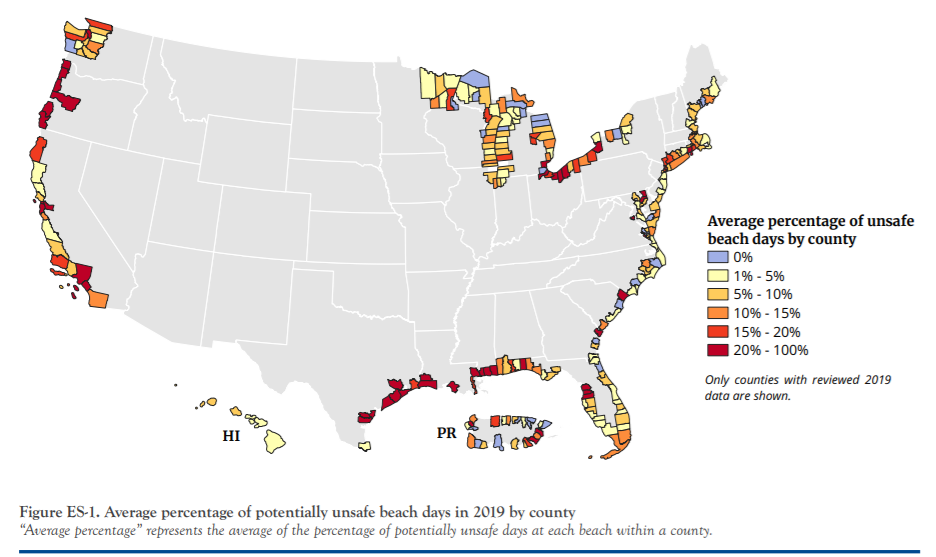
Parts of the Northwest like Oregon, Great Lakes like Ohio, and Southeast like Texas experience the harshest water conditions where swimming is considered unsafe anywhere from 20% to 100% of the time.
Why Jersey Shore’s water isn’t always clean
Factory farming, storm water runoff, aging sewage systems, and overdevelopment of beaches all contribute to unsafe water conditions in the Jersey Shore’s water.
With a ton of beachfront property, runoff from homes containing pesticides, pet fecal matter, etc. can contribute to dirty water. When a storm hits, it can severely impact water conditions for a long period of time. Sewage systems in America are also becoming outdated, and as infrastructure becomes more delicate, leakages occur that end up in ocean waters.
Industrial animal agriculture also contributes significantly to water conditions, where animal fecal matter is poorly disposed of and often ends up in the ocean.
How you can help
Support local initiatives like Environment New Jersey and Clean Ocean Action that call for environmental regulation in sensitive areas. The more we can limit unsafe development in areas vulnerable to murky waters, the more people (and wildlife) can enjoy clean water.
Last year, the EPA awarded NJ $84 million to improve water infrastructure. So there is some initiatives already underway. In my opinion, the state needs a little bit more pressure. They have chosen to focus more on clean drinking water in urban areas, which I totally understand. But ensuring clean ocean water at the Jersey Shore should also be a priority.
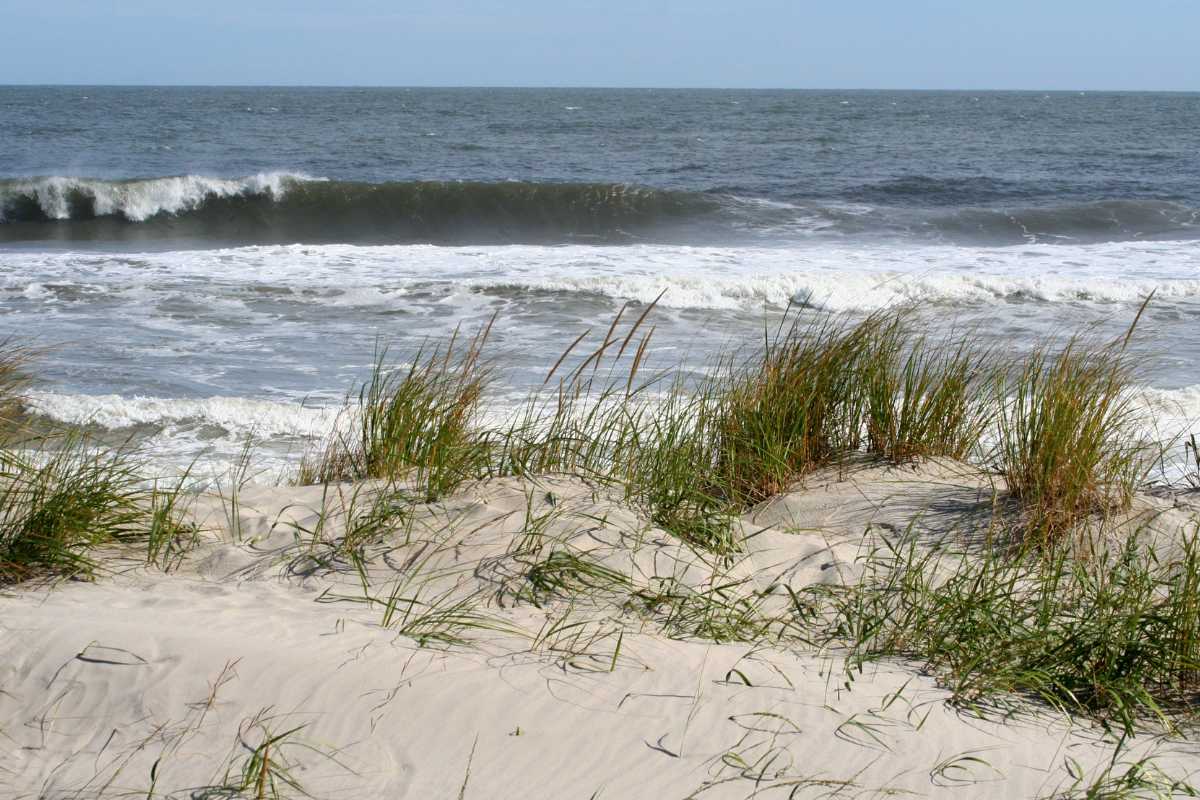
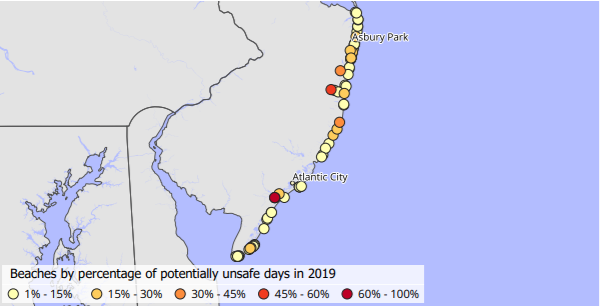

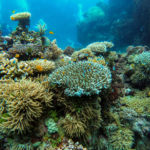
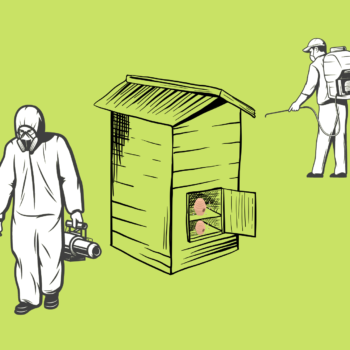
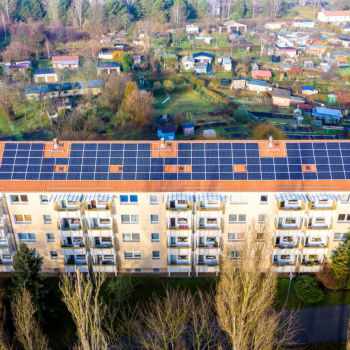
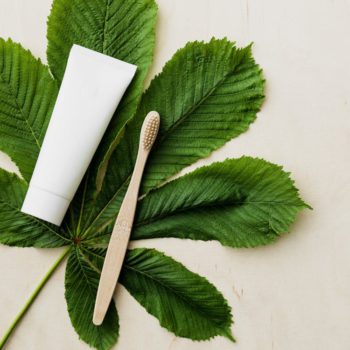
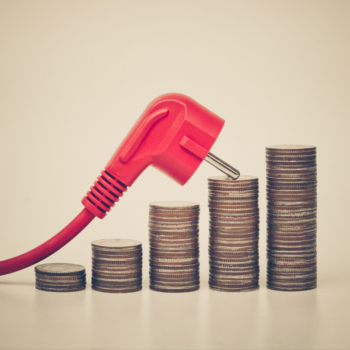
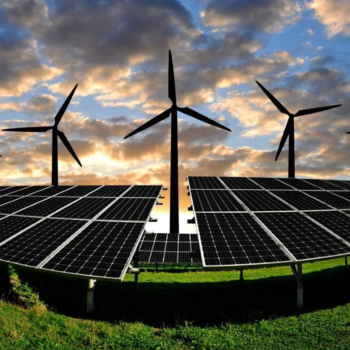
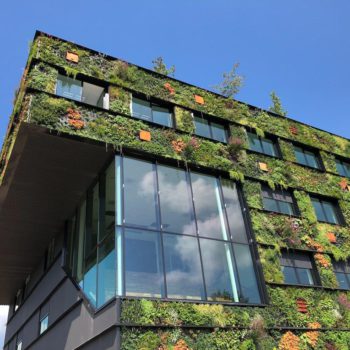
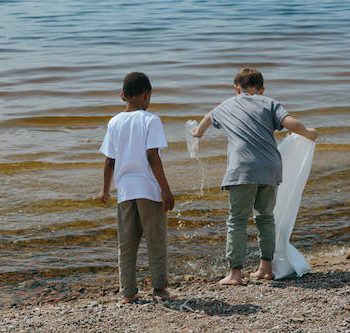
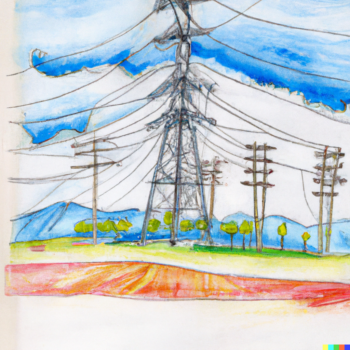


No Comments